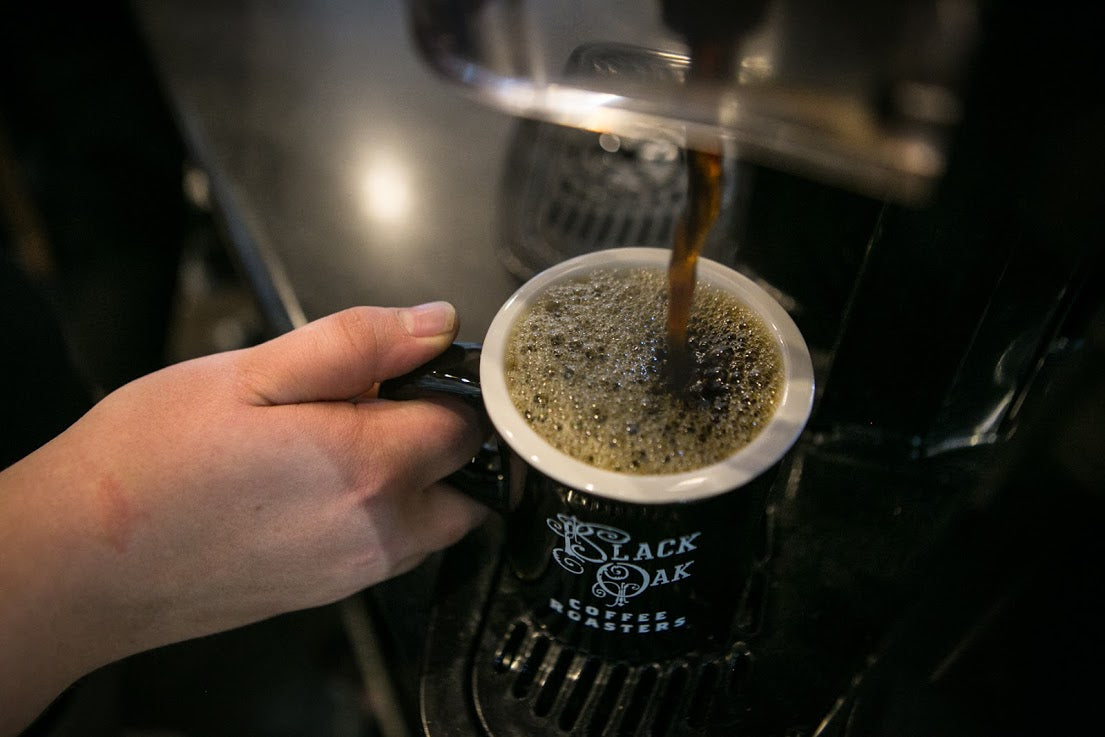How to use system design to improve the quality of your cafe or office batch brew system
There is a lot to get right (your choice of roast, cleaning procedures, equipment selections) to achieve a really tasty cup of coffee for your customers or office users. With anything in food service, one misstep and you will miss the marks on customer expectation and consistency.
Selecting the right batch size and brewer is a really important factor to consider and get right from the start. If your brew is too small, you will be constantly running out of coffee and spending way too much labor on coffee brewing. If you batches are too big then none of your customers will get fresh coffee, unless you are willing to dump hundreds of dollars a week down the drain.
Finally, how many choices you offer your customers throughout the day is important for this process as well. If you have too much selection, you may be overbrewing as well, causing your average pot to be less than fresh.
How long is too long to hold coffee?
Coffee will taste best within the first 60 minutes of being brewed and in fact, it declines in quality over time steadily. Coffee at two hours old will have little vibrancy. If your coffee is consistently over an hour old in the server, your customers will look to another option.
Words of wisdom: brew smaller batches more often
Most cafes brew into carafes that are much too large for their demand. The result is that all but a few lucky morning customers get stale, oxidized coffee that has sat in an air pot for hours. Many, in order to offer their customers choices, have way too much coffee brewed at the same time.
An example:
- You are a busy cafe, serving 100 LBS a week of coffee and you are open seven days per week
- You offer your customers two choices of coffee at all times
- You use two one gallon thermal servers per variety and have four thermal servers going at all times
- Your staff refills the empty server soon after it runs out and switches to the backup server
- Your demand peaks between 8 AM and 9 PM
- Your afternoon is slower than the morning, with less coffee sales
- Your brewer is only configured for one batch size, 1 gallon per batch
On the chart below, you are the last bar. Here is what your customers and staff experience:
- In the mornings, during the busiest hours your coffee is great. Customers are happy and the staff is brewing coffee two to three times per hour
- In the afternoons, the staff hardly thinks about the coffee, you usually brew a batch just before the end of the morning and then once or twice more in the afternoon.
- In the afternoon, you are either throwing out 75% of your brewed coffee or your average cup of coffee is about 3-4 hours old on average.

How to batch brew better?
-
Select the right batch size for your peak demand. As a rule of thumb, your batch size should be 1 L per 25 LBS of coffee brewed per week, assuming you are open 7 days per week. For example, if your cafe uses 75 LBS of drip coffee per week, you should brew 3 L batch sizes.
- Keep in mind that most batch brewers don’t perform well in situations where you brew less than 1.8 L. If you are brewing less than 40 LBS a week, you should make sure you aren’t brewing backup pots in your slowest periods. Wait to brew your backup until your carafe is almost done or consider a single cup pour over for slower periods to avoid throwing away coffee.
- Program your brewer to brew multiple batch sizes, one for peak demand periods and one for slower times.
- Only brew 2 or more varieties at your busiest hours of the day, switch to only one option by the time your peak hours of coffee sales are past
- Monitor your hold times over a 1 week period and aim to get all hold times less than 1 hour
- Instead of brewing large batches to keep up with busy hours, consider adding a third server to rotation. For example, instead of using a 1.5 gallon batch with a full backup, consider a 3 L batch with 2 backups. This will allow you to drop the backups as the day progresses, ending with one or two less servers in rotation by the time the slow hour rolls around
Want some help figuring all of this out?
Get in touch with us. Fill out the form on our wholesale page and we will send you our recommendations on the best size and brand brewer for your coffee programs as well as give you an assessment of your average hold times.

